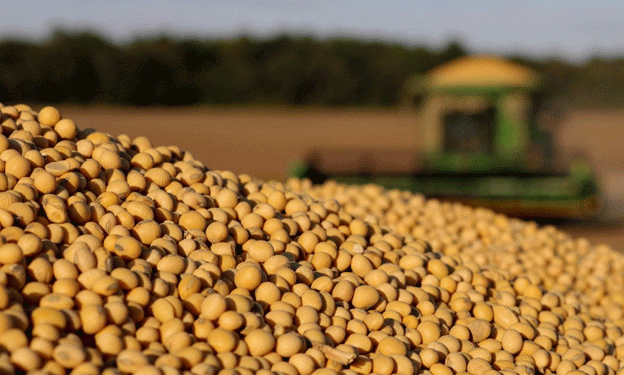The soybean harvest in the United States kicked off last week, marking the beginning of what is anticipated to be a crucial season for American farmers. According to data from the National Agricultural Statistics Service (NASS), 6% of the planted soybean area had been harvested by September 15. This early progress surpasses last year’s rate of 4% and exceeds the five-year average of 3%. The quicker harvest pace reflects both improved efficiency in farming practices and favorable weather conditions.
Progress and Key Crop Updates
As of mid-September, the U.S. agricultural sector is seeing rapid developments across several crops. In addition to soybeans, the corn harvest is also progressing well, with 9% of the crop already collected, compared to 8% at this time last year and a five-year average of 6%. Spring wheat harvest has reached 92%, maintaining a steady pace compared to last year (91%) and historical norms (90%).
One of the critical factors enabling faster maturation, particularly for corn, has been the dry weather conditions affecting much of the Midwest. While drought can negatively impact crop yields, the recent dry spell helped accelerate the drying and ripening processes, allowing for an earlier start to the corn harvest.
For the upcoming winter wheat crop, which will be harvested in 2025, 14% of the planned area had already been planted by mid-September. This is slightly ahead of both last year’s rate (13%) and the five-year average (13%).
Soybean Outlook and Market Implications
The U.S. soybean market remains a focal point for global trade. The faster harvest pace could help stabilize supply, which is crucial given ongoing concerns about global oilseed availability. However, weather conditions in the coming weeks will play a pivotal role in determining final yield outcomes. If dry weather continues, it could benefit harvest operations, but extended drought could stress the remaining crops, potentially reducing quality or overall production.
In 2023, the U.S. produced approximately 4.5 billion bushels of soybeans, with the majority of the crop exported to key markets in China, Mexico, and the European Union. This year, early estimates suggest a comparable yield, but much will depend on how the remaining 94% of the crop is harvested and processed.
Winter Wheat and Corn Harvests
The data on the winter wheat planting progress suggests a stable outlook for the 2025 harvest. While conditions are currently favorable, early frosts or unexpected weather events could disrupt seed germination and early growth. Farmers across the Midwest and Plains are closely monitoring soil moisture levels, which are critical for wheat establishment before the winter freeze sets in.
For corn, the accelerated harvest schedule this year could help farmers avoid potential losses from early snowfalls, a risk in northern regions. Given the importance of both corn and soybeans in crop rotation, efficient harvests of these staples help maintain soil health and prepare fields for future planting cycles.
Error





